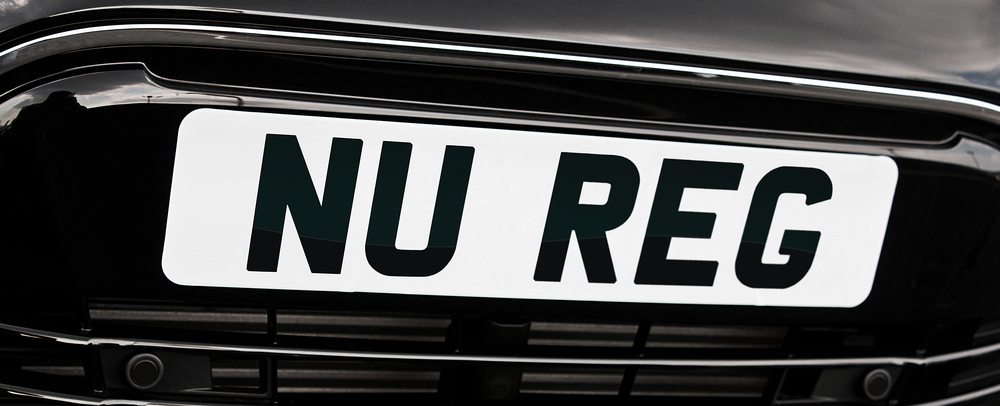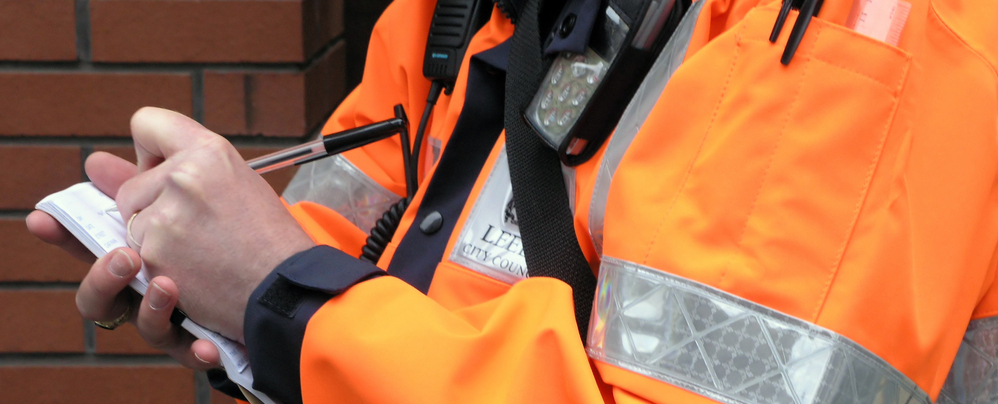Personalised number plates are a bit like Marmite. Some love them, others hate them. A personalised number plate can be the cherry on top of your pride and joy, or a sleazy demonstration of vanity and excess. Tacky or not, it’s estimated that almost 20 percent of all the cars in the UK have personalised number plates. The market for personalised plates is huge, with some desirable plates going for millions of pounds. In this blog, we’ll guide you through everything you need to know about personalised number plates.
A Brief History Of Number Plates
Back in 1903, Parliament implemented the Motor Car Act, which determined that cars needed number plates and registration. The famous first number plate ‘A1’ was issued to Earl Russell, courtesy of his butler, who queued up overnight at the Council offices to be first in line for a number plate.
Between 1903 and 1932, number plates featured a single or double letter prefix and a number between 1 and 9999. The letter you got depended on your local authority population size. London got A, B went to Lancashire etc. up to Y. Then there were double combinations. For example, AA went to Hampshire, AB was given to Worchester, up to FP, which went to Rutland.
After 1932, when the combinations started to run out, number plates featured 3 letters followed by 3 numbers.
From 1962 you could tell the age of a car by its number plate. An extra letter suffix was added, so cars with an A suffix were built in 1962, B 1963, C for 1964 and so on and so on. After 1983, a similar registration was created, only with the letters and number reversed.
Today our number plates feature 2 letters followed by 2 numbers, then 3 letters. This scheme, first launched in 2001 shows the local DVLA office of issue and year of registration. Cars sold between March and August have the last two digits of the year itself – 16’ for the year 2016. Cars sold between September and April the following year will have 50 added to the same last two digits – so September 2016 cars will get ‘66’. The last three letters are just random.
How To Buy A Personalised Number Plate
Since 1990, the DVLA has been selling number plates at auction. Competition is fierce and since its inception, the sale of number plates is thought to have generated £2.3billion. Prices of car registration numbers from the DVLA start at £250, including VAT and an £80 transfer fee.
Alternatively, you can buy specialist plates online from dealers. Many sites feature a search function, allowing you to type in what you want your number plate to say or show and the site reveals your options and prices.
The Rules For Personalised Number Plates
Number plates are designed to be easy to read – both for human eyes and CCTV. Because of this, you are not allowed to change the colour, font or size of a number plate. Driving a car with modified number plates is illegal. Number plate offences come with a hefty £1,000 fine. But, if you’re taking a special car to a show, you can purchase ‘show plates’ online that have much more formatting options.
To be road-legal a number plate must:
- Be of correct size, colour and font as defined by DoT regulations
- Be illuminated at night
- Be legible and not obscured
Number Plate Facts
Not all the letters in the alphabet are used. I, O, Q and Z are not used on issued number plate prefixes because they are too easily confused with other letters or numbers.
The letter Q used to be used as a prefix on stolen cars that could not be identified or kit cars made of lots of different parts.
Currently, the first number plate ‘A1’ and its partner plate ‘1A’ can be found on a pair of Bentleys belonging to the Sultan of Brunei’s brother.
The highest price paid for a number plate in the UK was over £7million for the illustrious number plate: ‘1’.
Personalised number plate sales are over £100million a year.
Romania and the UK share the same number plate layout, but for different reasons.
Between 10 and 20 percent of all cars in the UK have personalised number plates.



